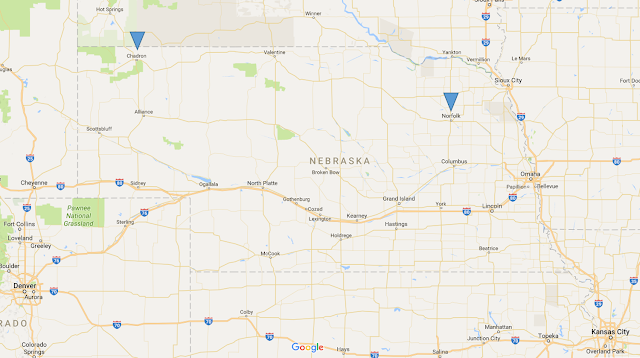The Army Ten-Miler (ATM) is an annual event hosted by the Association of the United Stated Army (AUSA) in conjunction with that organization's yearly
symposium and exposition. Organizers say the race is the third largest ten-mile race in the world but it's certainly the largest race I've ever participated in. The field of 35,000 included at least one runner from every American state.
I love the ATM. I always see people I know, the entrance fee supports military charities, the statue- and monument- and museum-lined route is inspiring, the event attracts world-class competition, and the after-party is a blast.
Officially, this was my 8th year participating in the big race. If we count 2001 when I ran a shadow event because the main race was cancelled due to post-9/11 security concerns, then this was my 9th ATM. Either way, with all that experience, I certainly ought to know better than to do what I did this year....
For a variety of reasons, this was my slowest outing--by far. In fact, I was plodding along, listening to TED Talks, when I noticed a man with a stop watch and a clip board writing down my bib number. I thought that was odd, so I removed my earbuds and looked around. Someone else was sliding a barrier across the route right behind me. Turns out I was the last person allowed to remain on the course, and everyone behind me was diverted to a shortcut route back to the Pentagon.
I knew I was moving slowly. My pre-race exercise and diet had not been optimal and I was suffering the effects of those choices. I could feel the blisters on my feet--confirmed when I got home, removed my shoes, and saw my bloody socks. To avoid getting shin splints, I was exaggerating my ankle rotations and pausing frequently to stretch and flex my ankles and calves. At one point I had to wait in line for a porta-john. So yes, I was aware that I was way off my target pace, but I had no idea that I was so close to the maximum allowable pace of 15 minutes per mile. I crossed the 5-mile mark blissfully oblivious to the fact that I was just about to barely pass the pace count cut-off!
Seeing that barrier slide behind me at the pace check point bolted me into a heightened sense of awareness. Naturally, I had to pick up the pace for the remainder of the race, because the course closes at 11:30. or 2.5 hours after the last heat starts at 9 AM. The only thing worse than getting shin splints and blisters is getting shin splints and blisters and having nothing to show for it! I did manage to complete the second half faster than the first half of the race, and I lived to tell the tale!
For me, "running" ten miles is a matter of falling slightly forward and just barely catching myself, 20,000 times. Having run the darn ATM a time or two, I certainly knew how to train and prepare--yet this year I seem to have relied on luck. Luck alone got me past the pace-count check-point with seconds to spare. I saved all my brilliance and wisdom for a little poem, which I have titled, "But If You Do." I composed most of it in my head as a distraction from the burning sensation in my feet, ankles, and shins.
But if you do...
Don't get old, but if you do
Don't slide yourself out of shape, but if you do
Don't sign up for the Army Ten-Miler, but if you do
Don't wait too late to train.
But if you do, don't train all at once
But if you do, don't give yourself blisters
But if you do, don't rely on Epsom salts,
But if you do, remember
Only starters finish
Only movers blister or chafe
Only those who risk falling advance and
Only the lucky get old
Links to previous post-run photos:
2012 did not run and I don't know why not
2013 ran, but did not take a photo and I don't know why not
2015 ran, but did not take a photo and I don't know why not
And, for a post containing my ATM shirt collection, n = 10 (including the shirt we made for the 2001 shadow run fund-raiser for the ODCSPER Family Support Group), see
HERE.












